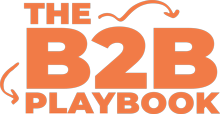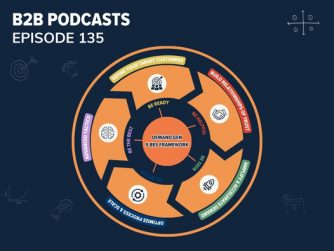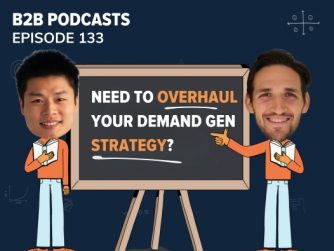Transitioning from lead gen to demand gen is a scary prospect for an organisation. If it’s handled poorly, it can make the marketer’s life hell.
This is especially true for marketing teams that have (up until now) dedicated the majority of the resources to lead generation and capturing demand. Not only are the majority of your activities focused around this, but often there’s a sales team that’s used to a high volume of leads – even if they’re lower intent.
So how do you navigate this shift from lead generation to demand generation? How do you minimise disruption and maximise your chances of success?
Today we’re sharing our 5 step process to do it.
This is part of our Demand Gen mini-series. You can access previous whiteboarding sessions here:
- What is demand generation? (part 1)
- When is the right time to start demand generation? (part 2)
- What companies are suited to demand generation? (part 3)
- How to build a winning business case for demand generation? (part 4)
- 10 questions to decide if you should build a new demand gen strategy (part 5)
As per usual, you can read, watch or listen below to work through this 5 step process.
Listen To The Episode
Watch The Episode
Step 1: Make the Business Case for Demand Generation
Ideally, prior to attempting to transition your company to a demand generation strategy, I recommend building a compelling business case first. A successful transition involves buy-in from leadership and sales.
If you are operating in a lead-heavy environment where the focus is solely on generating MQLs without considering quality, I strongly encourage you to calculate your true return on investment.
If you are currently ‘capturing demand’ alone, you’ll need to show that this isn’t sustainable in the long run.
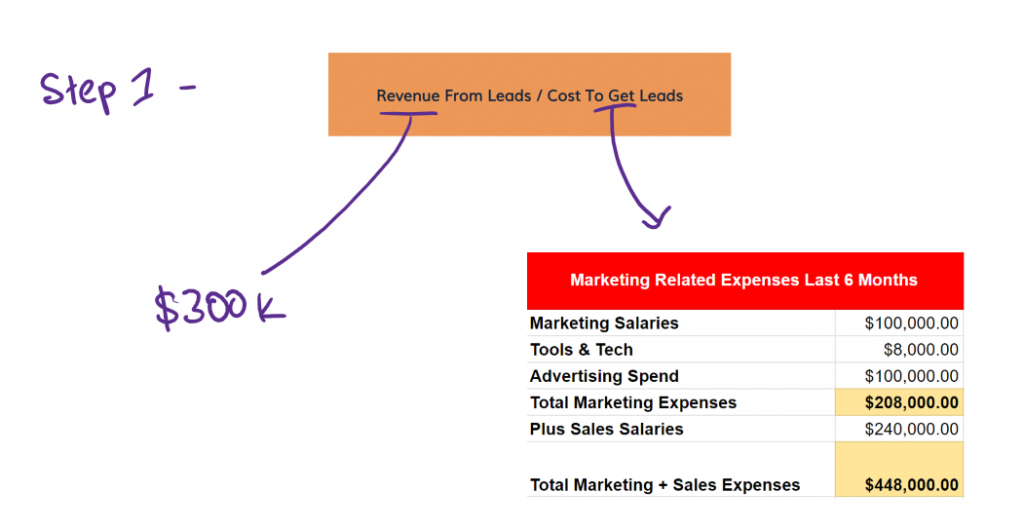
You’ll want to do an ROI analysis that accounts for every associated cost – not just your advertising spend, but the salaries of your marketing team, the tools and technologies utilized, and even the sales personnel chasing down those leads.

Check out our super detailed guide on how to create a business case for Demand Gen. We give you everything you need to build your case and present it to leadership.
You can also grab the templates here below.
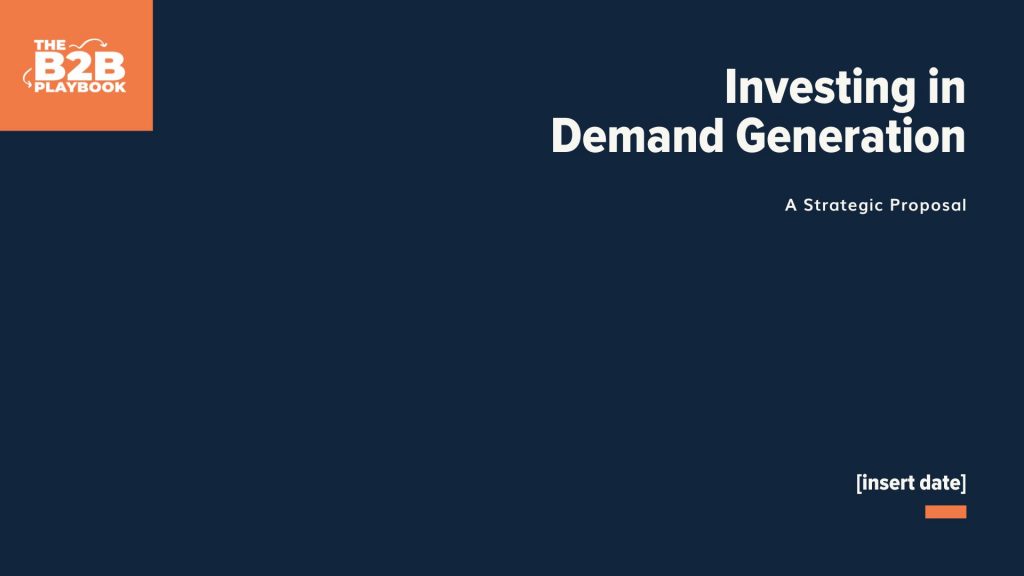
Once you’ve pulled that together, it’s time to look at carving out some budget form your existing activities for a pilot program for Demand Generation.
Step 2: Carve Out a Pilot Budget for Demand Generation
Rather than seeking additional marketing budget for Demand Generation, it’s easier to try and carve out 10% from your existing resources to launch a Demand Generation pilot program. This is a much smaller ask for the marketer to make.
Allocating around 10% minimizes disruption while still dedicating sufficient budget to properly test these new activities. If it’s in that ballpark, it puts you in a better position to have an easier conversation with leadership, with the sales team, with the rest of your marketing team. You’re not disrupting things too much, but you’re putting enough of a budget towards these new demand gen activities.
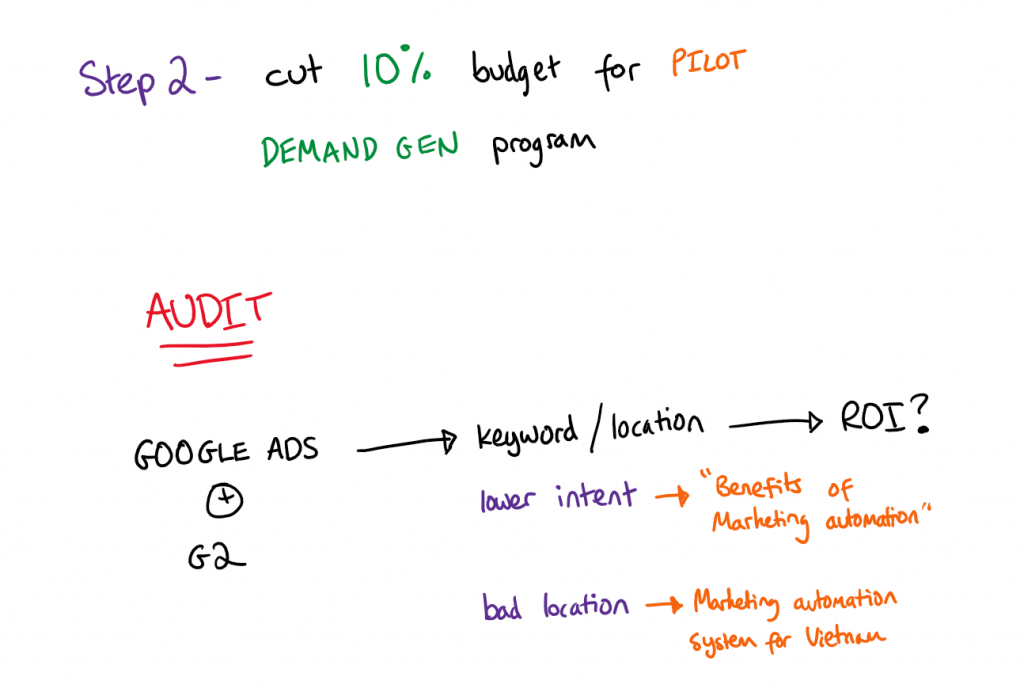
To identify areas to reallocate budget from, start by auditing your existing marketing activities and platforms. We encourage people to get started by looking at those activities that really aren’t helping drive the business forward.
That starts with an audit of your existing activities. For many B2B marketers, this includes channels like Google Ads, Meta and review platforms like G2 and TrustPilot. Analyse your reports to pinpoint low-ROI keywords, campaigns or activities to cut. For high-intent channels like Google Ads, create reports that show the quality of opportunity tied to the keyword searched.
Pause off keywords that are generating lower quality leads and less opportunities to save budget there.
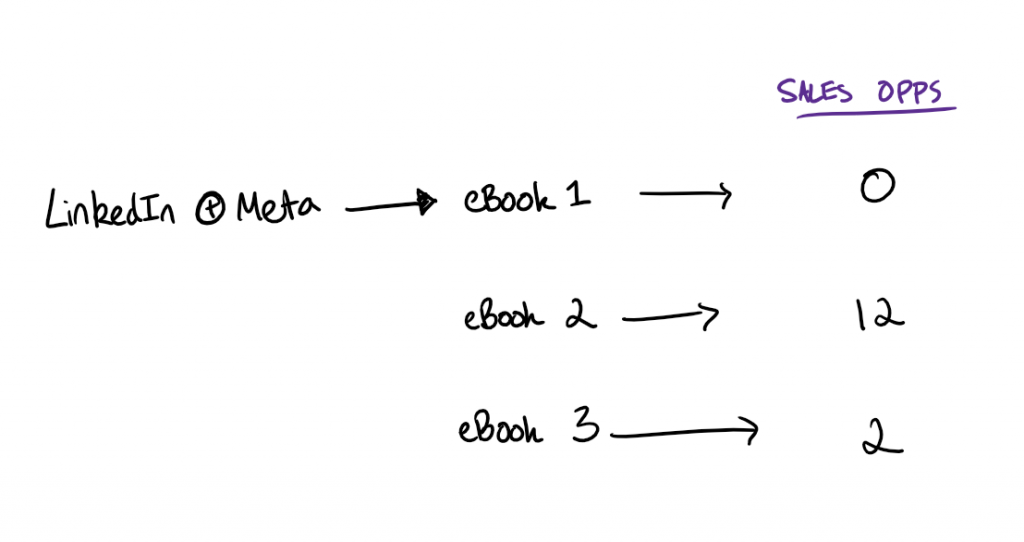
On platforms like LinkedIn Ads and Meta, if you’re running gated plays like eBooks, perform a similar analysis. Which audiences and content pieces are generating the worst quality leads? Which ones aren’t generating sales opportunities?
Most organisations can run through this exercise and easily find 10% of budget here that was being spent inefficiently. This can now be allocated to your Demand Gen pilot program.
Step 3: Create and Execute a Documented Demand Generation Plan
As a demand gen expert, I cannot emphasize enough the importance of comprehensive planning and documentation for your pilot program. Demand generation requires sustained, constant execution. Random acts of marketing are its antithesis. That’s the worst thing you can do at this stage.
You need a structured, step-by-step plan detailing every aspect of your strategy. And to compliment this strategic plan, we need to look at what are the list of tasks along with the deadlines to execute this plan.
(P.S. we help you with Demand Gen planning and strategy here).
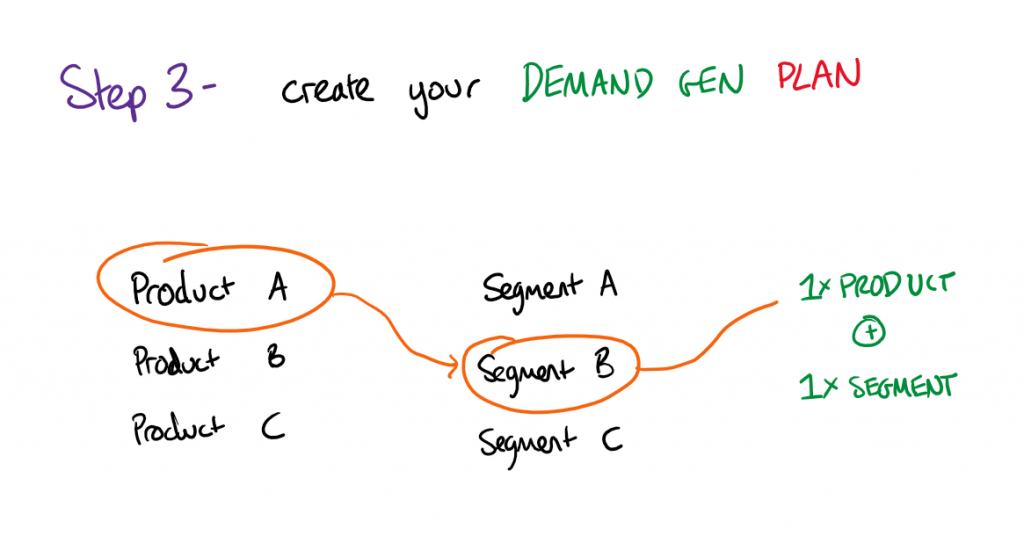
Your documented demand generation plan should cover everything – who your target personas and buying committees are, how you’ll build relationships with them through content, and how you’ll accelerate demand when they show intent.
Don’t forget to include how you’ll measure leading indicators of success early on for your Demand Gen program.
To make the most out of the 10% budget that you’ve allocated, your pilot program should just target 1x segment with 1x product/service. If we try to target too many segments with too many products, we won’t have the resources to have any impact as we’ll be spread too thin.
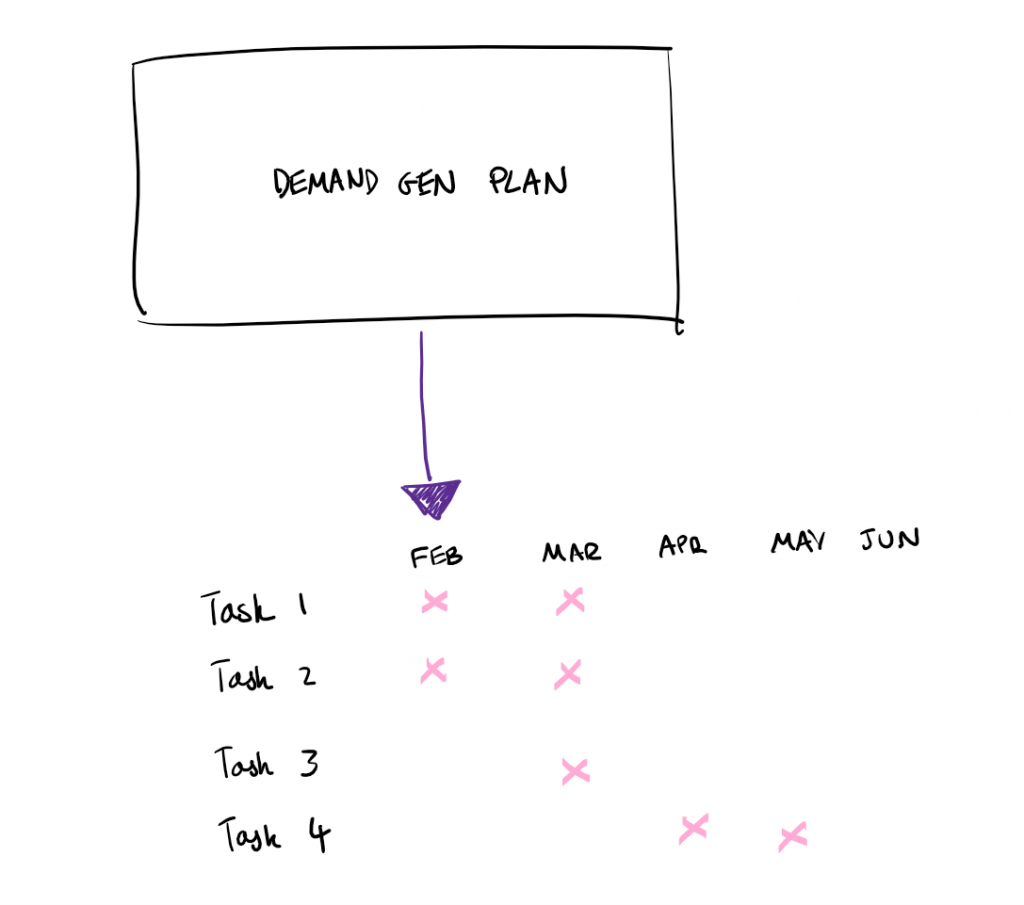
I highly recommend using project management tools like Gantt charts to map out each task, the responsible party, and deadlines for completion. Kevin and I love running our demand strategy just in a simple Google sheet. We have all the months of the year worked out, and we’ve broken it down to the exact task and the exact person that’s responsible for executing it and the timeline that we want that executed by.
Proper documentation is critical for keeping everyone accountable and ensuring your pilot doesn’t veer off course.
Step 4: Assign Tasks and Responsibilities
Once your demand generation plan is documented, the next critical step is to assign specific tasks and responsibilities to make sure you execute properly.

Assigning tasks makes sure that it actually happens. And remember – demand generation requires relentless execution.
Carefully review your plan and map out every item to the appropriate party who will be accountable for its completion. This may include your own marketing team members, or external resources as needed (like freelancers). It could also be leadership and subject matter experts within your business who need to provide you with some of the information to complete certain tasks.
Create the strategy. Map out the tasks to execute that strategy. Assign the tasks to people responsible!
Step 5: Measure, Optimize, and Scale
Once you’ve successfully launched your demand generation pilot program, the work doesn’t stop there. You need to identify what’s working, what you can optimise, and what you should scale to drive sustainable growth.

Closely monitor both your leading indicators of success as well as lagging revenue metrics. You can grab our measurement system for demand gen here. As you identify tactics that are effectively accelerating demand, double down on them.
Now this system is in place and it’s helping drive the business forward, you have a playbook you can roll out for the other segments and products for the business. If it’s also generating a return for the business, you can start to invest in people and technology to help scale what’s working even further.
Ready To Build Your Demand Gen Pilot Program?
If you’re ready to build your demand gen pilot program, we give you the strategy, templates and tools to do it. We’ll also force you to do it over a 12 week period, so you don’t put it on the backburner.
Join B2B marketers like you who are now driving up to 80% of pipeline for the companies. Check out our 12 week demand gen program, The B2B Incubator.
Create Your Demand Engine in 12 Weeks
B2B marketing strategy that shows you step-by-step how to drive revenue
